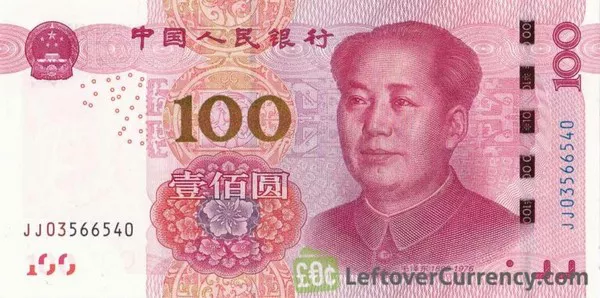China’s major state-owned banks were observed engaging in strategic maneuvers in the onshore swap market, exchanging yuan for U.S. dollars, and subsequently selling those dollars in the spot market to fortify the yuan’s position, according to sources familiar with the matter.
These actions by state banks come as the Chinese yuan experienced a notable 2.55% strengthening against the U.S. dollar in November, marking its most robust performance for the year. Despite this monthly surge, the yuan remains down by 3% year-to-date.
Insiders suggest that the state bank interventions aim to expedite the yuan’s recovery and encourage domestic exporters to settle their foreign exchange receipts in the local currency as the year draws to a close.
It is customary for Chinese state banks to operate on behalf of the country’s central bank in the foreign exchange market, though they also engage in independent trading activities.
This move echoes a similar strategy employed by major banks in the previous month, contributing to the yuan’s resurgence amidst a broadly weakening U.S. dollar. The coordinated efforts of state-owned banks align with broader economic goals, reflecting China’s commitment to stabilizing its currency and promoting favorable conditions for domestic exporters.


